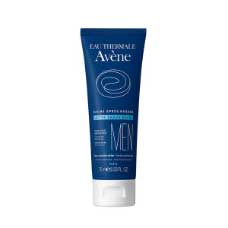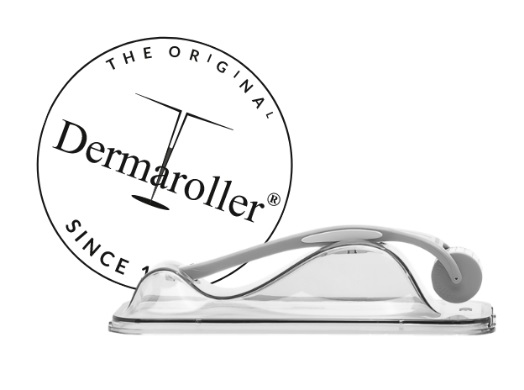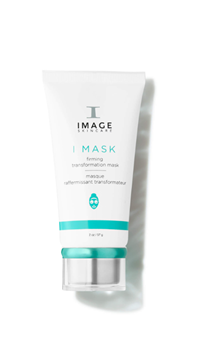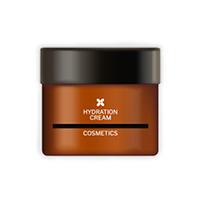 Many people are aware of the risks surgical BBLs carry, but with non-surgical or ‘liquid’ BBLs rising in popularity as an alternative, how safe are they—especially with the increase in those not adequately qualified to perform the trendy injectable procedure? Three experts give us the lowdown.
Many people are aware of the risks surgical BBLs carry, but with non-surgical or ‘liquid’ BBLs rising in popularity as an alternative, how safe are they—especially with the increase in those not adequately qualified to perform the trendy injectable procedure? Three experts give us the lowdown.What is a surgical BBL?
A surgical Brazilian Butt Lift refers to a procedure whereby a surgeon “removes fat using liposuction, usually from the flanks or abdomen, and then re injects it into the buttocks area, to create that fuller, lifted effect," says EV Expert Dr Ahmed El Muntasar. During this fat re-injection process, [if injected incorrectly], some of the fat could potentially slip into a blood vessel and into your body’s circulation. Since fat is quite thick, if this happens, it can block the blood supply to vital parts of the body such as the brain or heart, which could result in a stroke or heart attack.“BBLs in general are a lot higher risk than other procedures because of the anatomical dangers of that area—you’ve got some big blood vessels coming in through the gluteus muscles, given the vascular anatomy and sometimes the unpredictable elements of the way the vessels run,” explains Plastic and Reconstructive Surgeon Dr Ash Soni.
Because of these risks, as well as those relating to infection, surgical BBLs are known to have the highest death rate among any aesthetic procedure.
What is a non-surgical or liquid BBL?
A non-surgical BBL (also known as a liquid BBL) is where dermal filler is injected in large volumes into the buttock area. The main risks of a liquid BBL include blockage caused by a high volume of product, product being injected into the wrong area and infection.Non-surgical BBLs are growing in popularity and are often dubbed as the ‘safer’ alternative. Problems arise, however, when non-medics carry out these procedures (more on that later); also, many procedures are being categorised as non-surgical or liquid BBLs, but each carry very different risks.
Liquid BBLs refer to many different products, but in this case, we’re focusing specifically on dermal filler liquid BBLs (we’ll cover other liquid BBL ‘alternatives’ later). A patient may not be made aware of the risks of such products, if visiting someone without the relevant experience.
So, are liquid BBLs safe?
The first aspect to address is that if a liquid BBL is being carried out by a non-medic then it doesn’t automatically qualify it as being safer. “A good doctor or specialist is always number one,” says Dr Osman Bashir Tahir, EV Expert and Plastic and Reconstructive Surgeon.“As a plastic surgeon with a good understanding of where those vessels are running, carrying out a liquid BBL would be much safer,” explains Dr Soni. So in that respect, yes, a non-surgical BBL is technically ‘safer’ than a surgical BBL.
However, “of course, this is a higher risk area in general so you need to bear that in mind; you have to go to someone who is experienced and doing this procedure a lot, not just occasionally,” Dr Bashir Tahir stresses.
What doctors want you to know about liquid BBLs
The first is that not everyone is the right candidate for every procedure, including buttock treatments. “I’m not convinced that a lot of patients are great candidates for BBLs in general. I think you have to have the right anatomy and be the right candidate for it," says Dr Soni.“I don't personally undertake these procedures [liquid BBLs], because in order to get a result that a patient is going to notice, you need a lot of product and I don't always think that using a lot of product in an area is the most effective thing long term anyway,” he continues.
In clinic options
If you'd like to enhance your buttock area, there are lots of treatments you can try, but always book in with a highly qualified medical practitioner.- Lanluma: An EV tried-and-tested, injectable poly-L-lactic acid (PLLA) collagen stimulant that shapes and sculpts the area by stimulating the body’s natural collagen production. It lasts around two years.
- Sculptra: A bio stimulator that volumises gradually—it's often used for the face but can also be used in areas like the buttocks. Dr Bashir Tahir says it takes 3-4 months to work and you'll need multiple sessions.
- EmSculpt: A body contouring device that uses high-intensity focused electromagnetic technology designed to lift the buttock area. There are no needles used, which makes this an attractive option for many.
If you’re thinking about getting any type of buttock procedure, Dr El Muntasar recommends considering a cellulite-targeting procedure such as Endospheres, Morpheus8 Body or Lipofirm PRO, beforehand. Sometimes those considering a BBL are happy with less invasive treatments that optimise gym results.
Final thoughts on liquid BBLs
It’s important to take into account your expectations when it comes to surgical and liquid BBLs. You’re not going to get as dramatic a result with liquid BBLs, or BBL alternatives, as you would a surgical BBL. Plus, as mentioned previously, you may not even be a good candidate—respect the professional opinion and don't be tempted to go to a backstreet provider if you’re turned down.Alternatives to surgical BBLs are safer and carry less risk, provided an experienced and qualified practitioner is doing the treatment. "A lot of providers swear by them but it’s also about making sure the candidate is right,” explains Dr Soni. Dr Bashir Tahir notes that patients are often happy initially, but results may not be as long-lasting as hoped.
When choosing what procedure you’re going to get and with whom, always remember that non-surgical shouldn’t mean non-medical in aesthetics. Just because some treatments are labelled as being ‘safer’ doesn’t mean they’re without any risks, and going to someone reputable — like an EV Expert — will ensure a safe and good outcome.

 Added to basket
Added to basket

 Unapplied Changes
Unapplied Changes



















